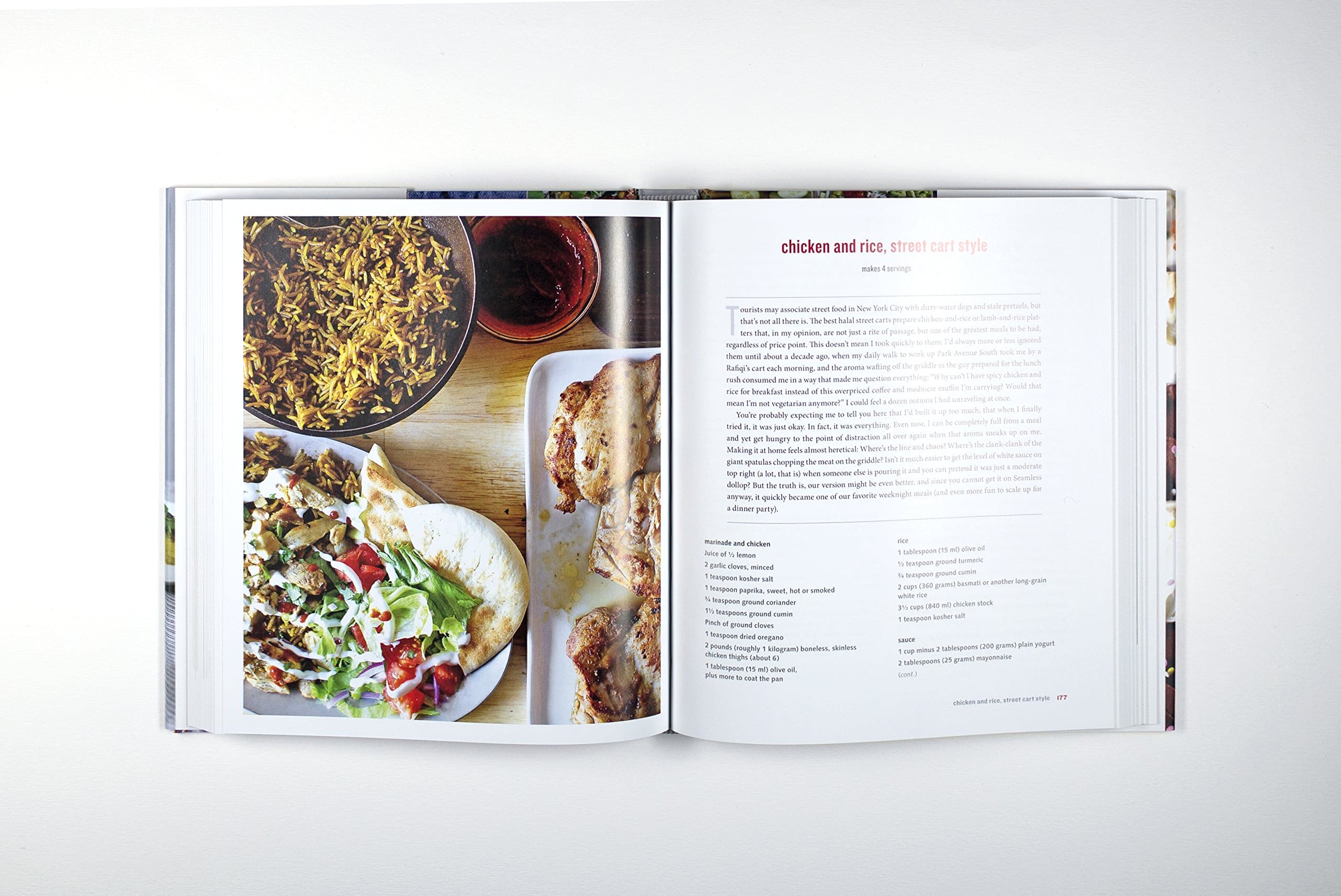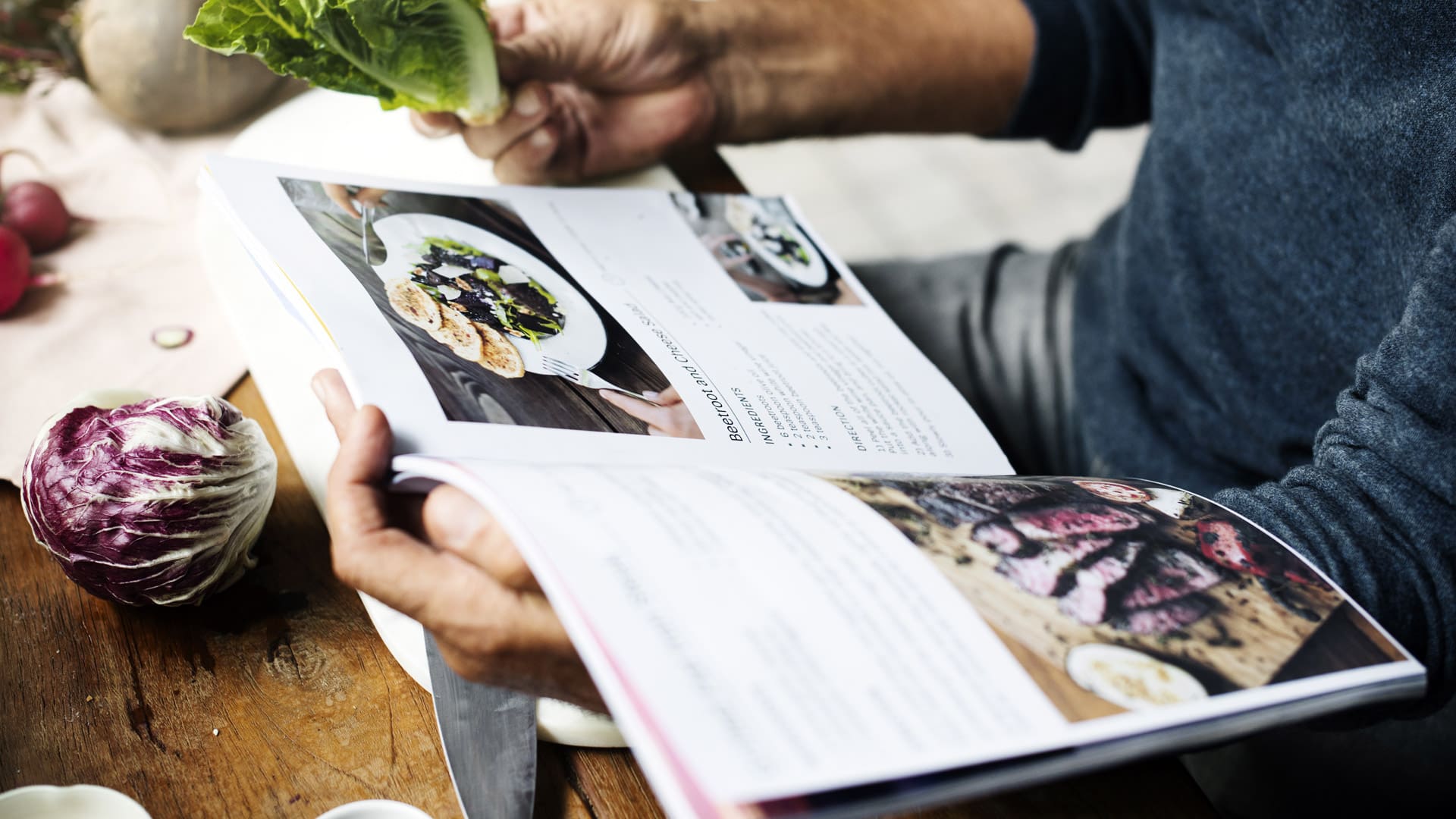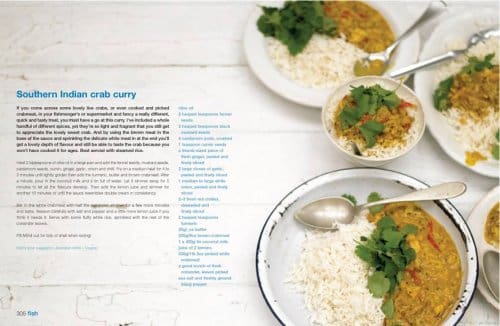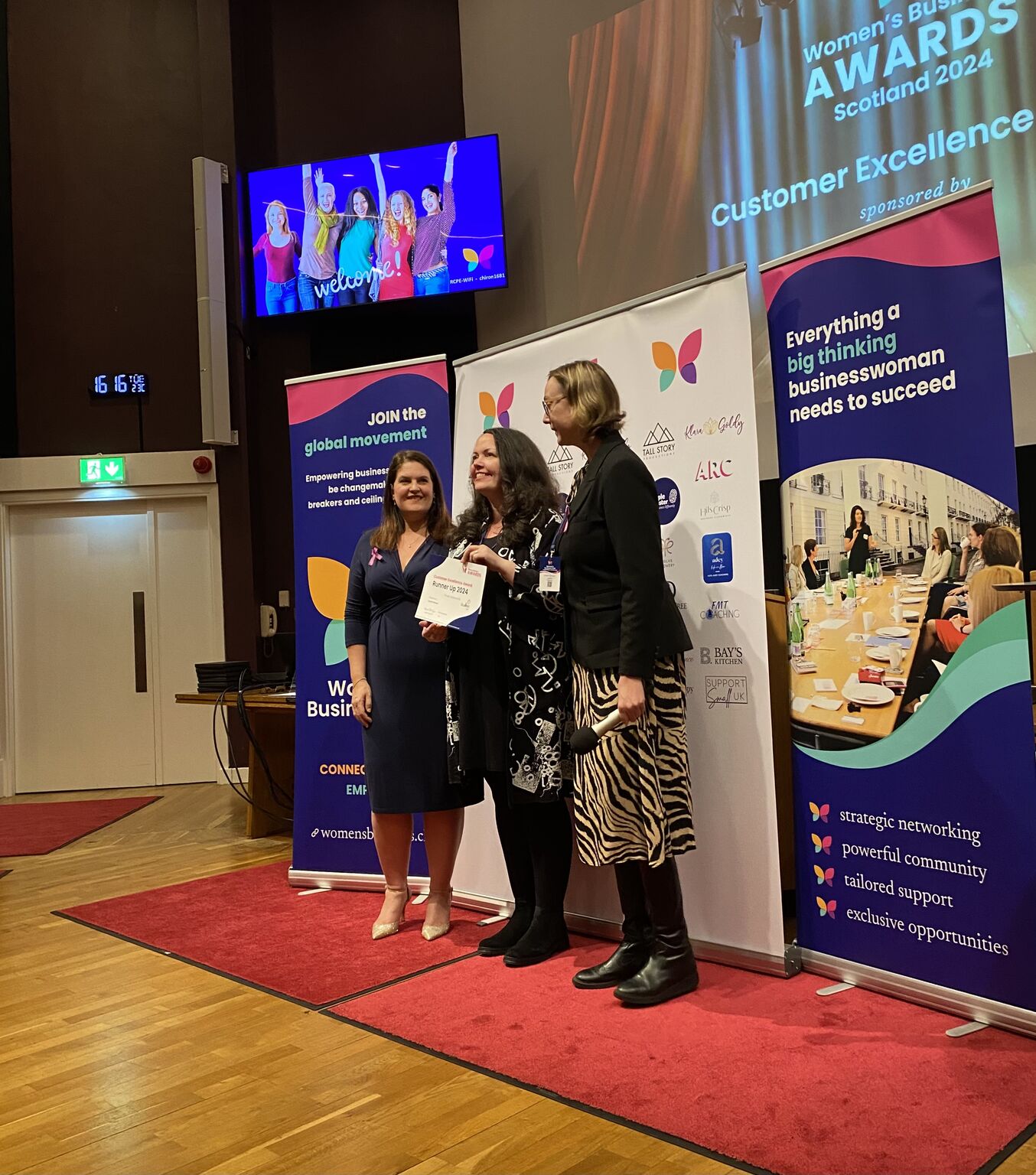Here at Elastic, we see design in everything. From films to roller coasters to desert island tools, we can find the elements of design in almost anything… so it was only a matter of time before we took our eye for design to the food world.
I love to cook, so when I got an Amazon giftcard for Christmas, I immediately spent it on cookbooks. A lot of cookbooks. So many cookbooks that when the box arrived at the Elastic studio, I realised it was going to count as a workout just to drag it home with me. Looking at all my new reading material side by side got me thinking about just how much design goes into the creation of a cookbook by a group of diverse professionals whose expertise is different but whose goals all align: create a book that is usable, beautiful, interesting and, of course, full of delicious things to eat. So what kinds of design expertise go into creating a cookbook? Let’s take a look!
Visual Design
The first thing you might think of when you think of cookbook design is beautiful imagery. These days, photos are imperative for getting home chefs to buy a cookbook; after all, as the saying goes, you eat with your eyes first. For new cooks or obscure dishes, including photos is particularly important as it helps to visualise a final dish in order to know if it’s appealing or not (and as a novice chef, also to know whether you’re ‘doing it right’ when you cook it yourself!).
Cookbooks are not made just to look at, though, which means they need to be clear and uncluttered. Phaidon cookbooks like What To Cook & How To Cook It exemplify both of these facets of visual design, with clean layouts and simple, straightforward images depicting the before, during and after of making a recipe.

Practical Design
Cookbooks are made to be used, and quite often, used HARD. They need to stand up to splashes, spills and dirty hands turning pages. A layflat spine makes following a recipe (and keeping it clean) so much easier—I can tell you exactly which cookbooks I own have layflat spines right off the top of my head because I’m way more likely to cook from them on account of their usability.
But even with a book that stays open, accidents still happen. And when they do, it’s really nice if your favourite cookbook has a wipe-clean cover… even better if it has nice glossy pages you can wipe off, too. Smitten Kitchen’s cookbooks have these features and they’re part of the reason I reach for them so frequently: they’re easy to use, which makes it that much more likely that what I cook from them is going to come out well in the end.

Technical Design
To me, technical design of a cookbook is everything else about a cookbook that makes it more likely that you’ll end up with a delicious dish at the end of your hard work. For instance, the directions in the recipe must be easy to follow. I don’t mean easy to follow like the instructions are clear; I mean they have to actually be easily legible when you’re elbow deep in flour and the timer is going off and something’s about to boil over on the cooker. When I’m at that stage of cooking, the last thing I want is a recipe written in long paragraphs where I can’t easily see what step I’m on.
Another thing that helps make the cooking process smoother is having ingredients listed on the same page as the recipe itself so you don’t have to flip between pages when you need to know quantities. All of these little things can make or break a recipe, and if you don’t believe me, you’ve clearly never gotten to the end of a clumsily-written recipe and realised you’re missing a key ingredient because it was listed on a separate page from the rest.
Love him or hate him, Jamie Oliver’s cookbooks are great for this. Besides clearly written recipes with easy to follow layouts, he also gives helpful pointers along the way like ‘this will look curdled, but don’t worry, it will come back together when you add the flour.’
Cooking Up Good Design
All of these aspects of cookbook design ladder up to the single goal of making a usable cookbook: after all, you need beautiful visual design to make sure you’re following the steps correctly, you need a book that stays open to make the process simpler, and you need clear, easy to read layouts to set yourself up for success.
What does this have to do with you? Well, you may not be writing a cookbook, but here at Elastic, our expert creative team understands how to combine all the different facets of design to make an easy-to-use, tasteful finished product (pun intended).
Whether you’re after a website, an interior revamp or a temporary exhibition space, we understand the importance of good design for both aesthetics and functionality and we love cooking up successful new projects. Give us a call today to discuss your design needs!






